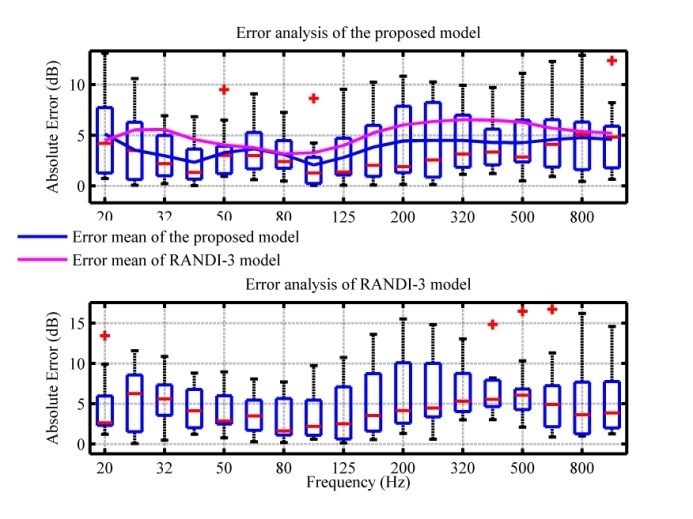Ocean ambient noise is one of the main background of sonar detection. Modern sonar is developing rapidly to long-range and low-frequency detection. Ship noise is the main source of low-frequency ocean ambient noise, and the source level of ship radiated noise is the key for modeling the ship related low-frequency ocean ambient noise.
At present, the ocean ambient noise modeling mostly uses the ship noise source level models which were summarized in the last century. Whether these models are suitable for modern ships is worthy of further research and verification. In order to solve the problem, researchers from the Institute of Acoustics of the Chinese Academy of Sciences (IACAS) established a source level model of modern merchant ship radiated noise based on the measured data set of modern ship noise.
Researchers carried out several measurements of radiated noise from noncooperative ships near the Yellow Sea channel. In the process of source level normalization, researchers established the spatial Gaussian distribution model of cavitation bubbles to improve the fault tolerance of the related parameters of source and environment, then used box diagram and percentile method to evaluate the error of model estimation.
The results showed that the greatest prediction error of the RANDI-3 model established by USA Naval Research Laboratory reached 20dB for ships with a length of more than 200m due to the progress of design level and manufacturing technology of merchant ships. However, the prediction effect of the new model was much better, which could improve the prediction accuracy of low-frequency ocean ambient noise and the detection performance of underwater acoustic equipment.
This work, published in Ocean Engineering, was supported by the National Natural Science Foundation of China (No.11804361).

Figure.1 Broad-band source level (top figure) and absolute difference between measured data and RANDI-3 (bottom figure) versus ship length. (Image by IACAS)

Figure.2 Box plots of absolute error of two models for ships with the length less than 200m. (Image by IACAS)
Reference:
JIANG Pengfei, LIN Jianheng, SUN Junping, YI Xuejuan, SHAN Yuanchun. Source Spectrum Model for Merchant Ship Radiated Noise in the Yellow Sea of China. Ocean Engineering, 2020, 216-107607. DOI: 10.1016/j.oceaneng.2020.107607.
Contact:
ZHOU Wenjia
Institute of Acoustics, Chinese Academy of Sciences, 100190 Beijing, China
E-mail: media@mail.ioa.ac.cn


